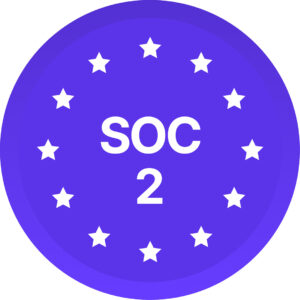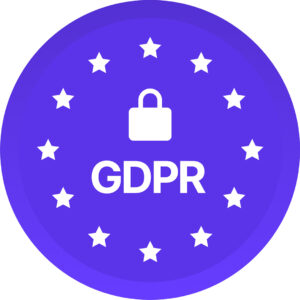The successful vaccine rollout across much of the world has helped mitigate the most devastating impacts of COVID-19. This has allowed for the easing of lockdown restrictions. As the world returns to a sense of normalcy, a looming question remains; what is the future fate of “work from home”?
March 2020 saw rotating Lockdowns across North America and the rest of the world as governments were grappling with COVID-19, an unprecedented threat to public health. In this period companies were forced to adapt to working in an online environment. While this transition came as a sudden disruption to most workplaces, “work from home” has more staying power than initially anticipated. As some workplaces re-examine their workforce policies, the ongoing conversation about employee mental health and working remotely has been reignited.
How Firms are Responding To an Opening Economy
In a study of 16,000 employees conducted by Stanford, it was found that working from home increased employee productivity by 13% in back-office work. Similarly, employee attrition decreased by 50%. This explains why many firms continue to embrace “Work From Home” even as restrictions are easing. Some technology companies such as Adobe, are introducing hybrid models that allow employees to work from home indefinitely (In fact, at Diversio we have a strong and growing component of the workforce that has continued to operate remotely).
Other firms are opting to return fully in-person – citing decreased employee procrastination and in-person client interactions as a major component of their decisions. Morgan Stanely CEO – James Morgan stated “we do our work inside Morgan Stanley offices”. This statement came as 90% of their workforce was vaccinated against COVID-19 and the firm began returning in person.
The Bottom Line
At the end of the day, companies are adopting new workplace strategies that fall anywhere on the spectrum from in-person to remote work. The question still remains; How can companies effectively make the decision to return to an in-person workforce?
To answer this question firms must consider two major factors:
Job Analysis:
Job analysis is the process of analyzing information about the content and the human requirements of jobs, and the context in which jobs are performed. Firms must consider which jobs have in-person requirements (E.g. client-facing, front desk roles). This will help companies understand the critical mass of employees that must be in person at all times.
Employee Feedback: I
n more ambiguous situations where the employees can complete their job requirements in person or in a remote format, employers should seek employee feedback to understand which model is best. A McKinsey study revealed that employees who wanted to return in person were twice as productive upon the transition. Similarly, employees that reported a negative association with returning in person performed five times worse. If it is simultaneously possible to increase productivity while decreasing the cost requirements of in-person offices, companies would naturally choose to move online. The challenge is understanding “whether or not the shoe fits” when it comes to “Work From Home”. Every workforce is different, and as a result, must understand the unique needs of their employees.
To understand these needs, companies often opt to collect and analyze workforce data. At Diversio, we understand the correlation between employee wellbeing and a company’s relative performance. Diversio Workforce is a tool that helps clients tailor the environment of their workforce to the needs of their employees.
We begin by deploying a pulse survey to gather data about the employees within the organization. This allows us to identify a “dominant group” within the workforce. We then juxtapose the experiences between this group and members of “non-dominant groups”. This allows us to develop detailed insights on inclusivity in the organization and develop tailored solutions for our clients.
The questions can provide insight into the impact of remote work on employee mental health. Find out how you can manage inclusivity in your workforce and navigate the storm between in-person and remote work by booking a demo at https://diversio.com/workforce/.

